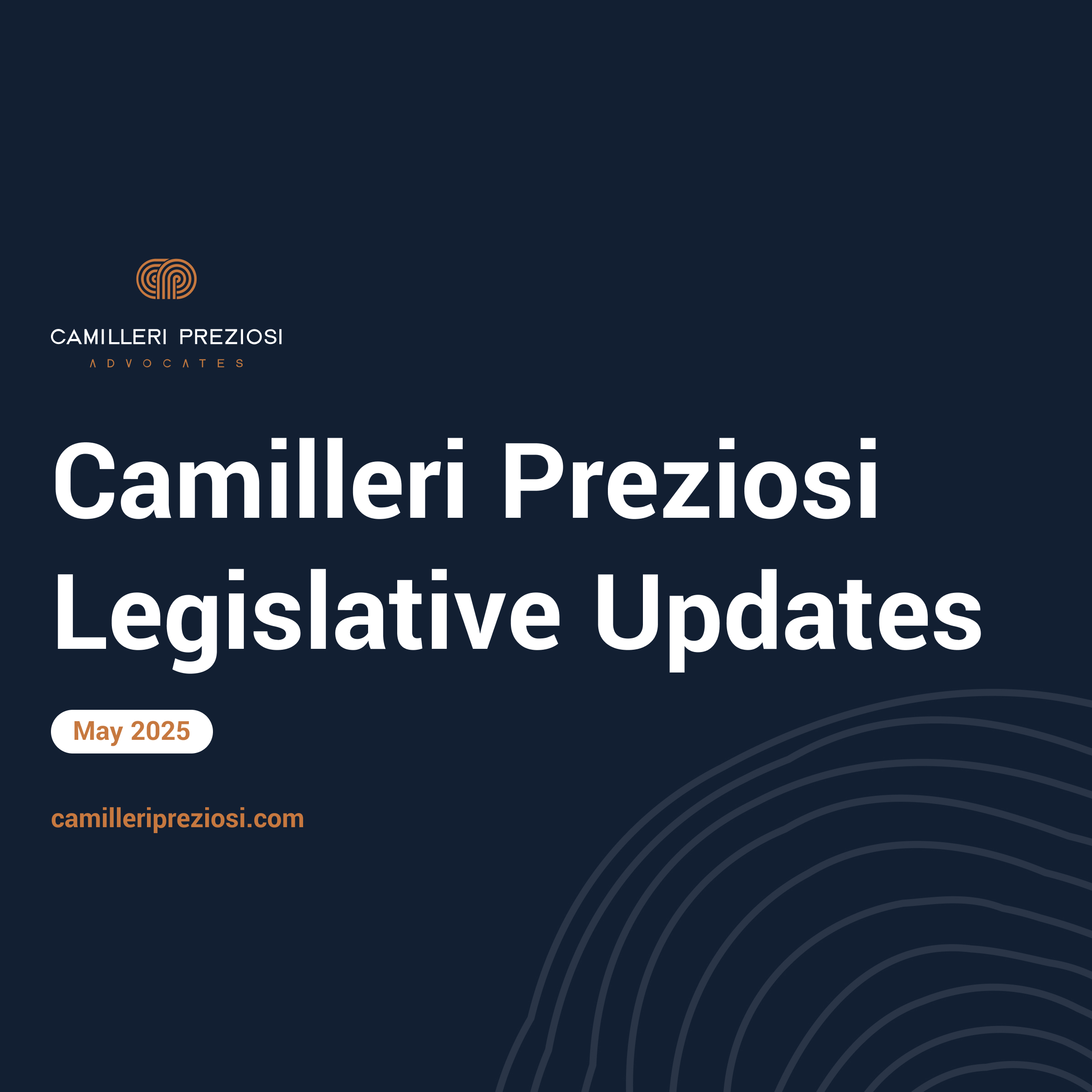
On 10 October, 2022, the European Commission (the “Commission”) published its report (the “Report”) to the European Parliament and Council on the functioning of Regulation (EU) 2017/2402 (the “Securitisation Regulation”). More than three years after the entry into application of the Securitisation Regulation, the Report takes stock of the development of the market and discusses key features of the legal framework.
In its Report, the Commission stated that the Securitisation Regulation seems overall to be fit for purpose and it does not see the need for major legislative change to the current securitisation framework in the near term. Having said that, the Commission acknowledged that there is room for fine-tuning, and has sought to provide clarity on certain aspects of the Securitisation Regulation.
Key points to note from the Report:
Due diligence and transparency: The Commission has invited ESMA to review its disclosure templates for underlying exposures with a view to addressing technical difficulties in completing certain fields, removing unnecessary fields and aligning them more closely with investors’ needs. As part of this work, the Commission stated that ESMA should consider whether loan level data is useful and proportionate to investors’ needs for all types of securitisations.
Jurisdictional scope: In response to comments made in the ESAs’ opinion to the Commission of 25 March, 2021 on the jurisdictional scope of application of the Securitisation Regulation, which suggested that in a mixed jurisdiction securitisation transaction the risk retainer and the designated reporting entity should be located in the EU, the Commission dismissed such interpretation, commenting that while it is desirable to have the Securitisation Regulation enforced directly by EU supervisors, the objective of the legislation could be met through the supervision of institutional investors’ compliance with their due diligence obligations.
AIFM investors: The Commission has clarified the scope of the definition of ‘institutional investor’ for the purposes of the Securitisation Regulation in relation to AIFMs. Third country AIFMs that market and manage funds in the EU have to comply with the due diligence obligations under the Securitisation Regulation but only in relation to such funds – therefore, it should not be construed as also covering the marketing and management of activities of those same AIFMs that have no link to the EU. Insofar as sub-threshold AIFMs are concerned, the Commission confirmed that the Securitisation Regulation does not distinguish between larger or smaller AIFMs, and therefore sub-threshold AIFMs fall within scope and should comply with the due diligence requirements.
Sustainable securitisation: The Commission agreed with the EBA’s view in its March 2022 report that there is no case for creating a dedicated sustainability label for securitisations in the short and medium term, and recommended considering a specific sustainable securitisation framework only once the EU economy has made greater progress in the green transition. Instead, the Commission invited co-legislators to adjust the requirements of the impending EU Green Bond Standard to be made more appropriate for application to securitisations.
On a concluding note, the Commission remains fully committed to the aim of scaling up the securitisation market in the EU. In its Report, the Commission stated that, to this end, it will continue to closely monitor it and intervene, if and when deemed appropriate, to fully reap the benefits of a thriving EU securitisation market.





